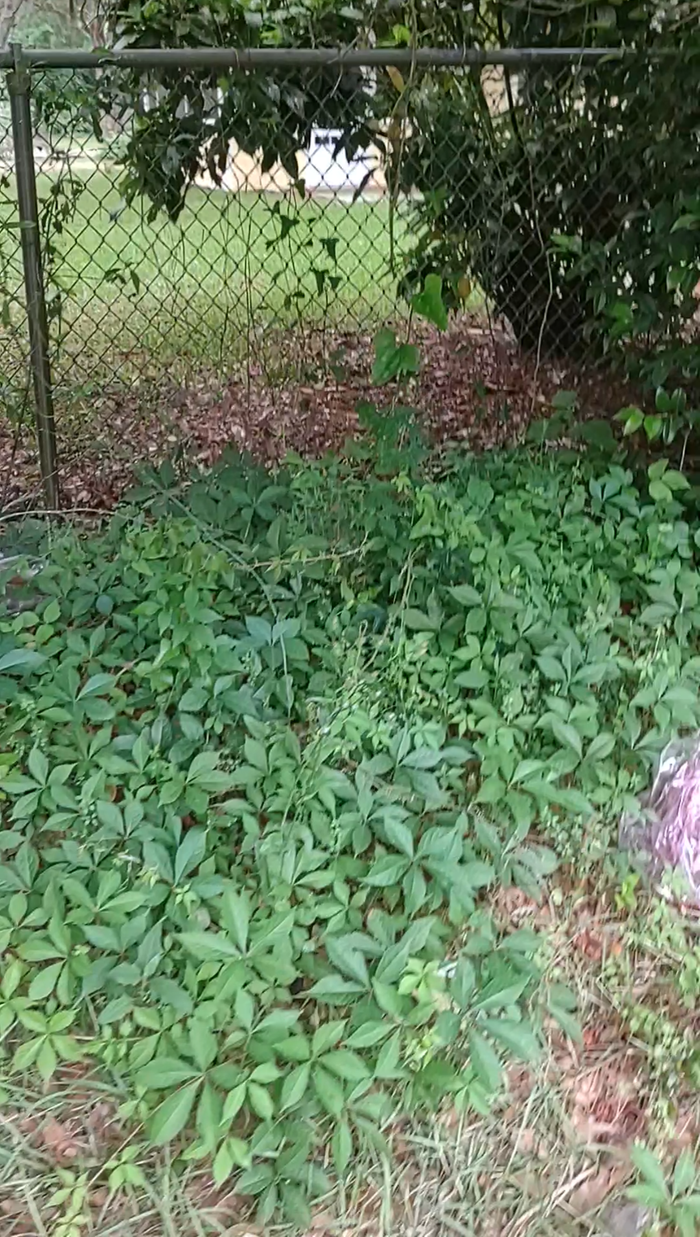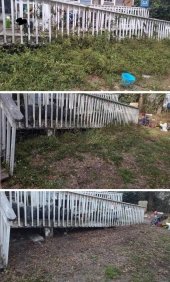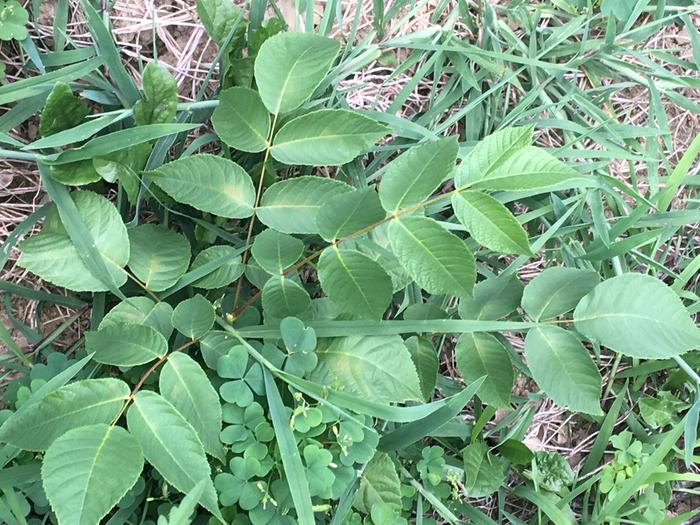
 1
1





 3
3




Moderator, Treatment Free Beekeepers group on Facebook.
https://www.facebook.com/groups/treatmentfreebeekeepers/





 3
3




Permaculture...picking the lock back to Eden since 1978.
Pics of my Forest Garden
 5
5




 2
2




 2
2




You have to be tough or dumb - and if you're dumb enough, you don't have to be so tough...




Greg Martin wrote:I've wanted to eat Smilax shoots for quite a while, but haven't run across them yet. Do they taste as good as people say?
Eat the Weeds - Smilax
 1
1




A build too cool to miss:Mike's GreenhouseA great example:Joseph's Garden
All the soil info you'll ever need:
Redhawk's excellent soil-building series









Trace Oswald wrote:I would use my scythe and mow them all down, and then cover with black rubber roofing material or clear plastic for as long as it took to kill them.
You have to be tough or dumb - and if you're dumb enough, you don't have to be so tough...








Joshua LeDuc wrote: it always seems that the low spots get filled up with rain water and then I'm concerned that these areas will be a mosquito hatching factory. How do you deal with this issue?
Gardens in my mind never need water
Castles in the air never have a wet basement
Well made buildings are fractal -- equally intelligent design at every level of detail.
Bright sparks remind others that they too can dance
What I am looking for is looking for me too!

 1
1




John Indaburgh wrote:Body parts that come into contact with poison oak or ivy can be washed off with any product that will easily remove saps or oils. Alcohol or even gasoline will work much better than any soap. I've used gasoline if that's all that I have at the time I come into contact with these plants. But I'd have a bottle of Isopropyl Alcohol available before I started this job.
If I know that I contacted the plant I'd want to wash that body part off immediately. But be careful where you use it, don't get this stuff in your eyes.




greg mosser wrote:
John Indaburgh wrote:Body parts that come into contact with poison oak or ivy can be washed off with any product that will easily remove saps or oils. Alcohol or even gasoline will work much better than any soap. I've used gasoline if that's all that I have at the time I come into contact with these plants. But I'd have a bottle of Isopropyl Alcohol available before I started this job.
If I know that I contacted the plant I'd want to wash that body part off immediately. But be careful where you use it, don't get this stuff in your eyes.
the oil can be abraded off too, i’ve scrubbed areas i know touched poison ivy with mud (soil sucks up oils too) when in the field without other ways to wash. works every time!
Nails are sold by the pound, that makes sense.
Soluna Garden Farm -- Flower CSA -- plants, and cut flowers at our farm.




A build too cool to miss:Mike's GreenhouseA great example:Joseph's Garden
All the soil info you'll ever need:
Redhawk's excellent soil-building series









Trace Oswald wrote:Like Pearl said, I just dump the water off once in awhile.
Gardens in my mind never need water
Castles in the air never have a wet basement
Well made buildings are fractal -- equally intelligent design at every level of detail.
Bright sparks remind others that they too can dance
What I am looking for is looking for me too!


|
Hey! Wanna see my flashlight? It looks like this tiny ad:
The new permaculture playing cards kickstarter is now live!
https://www.kickstarter.com/projects/paulwheaton/garden-cards
|






